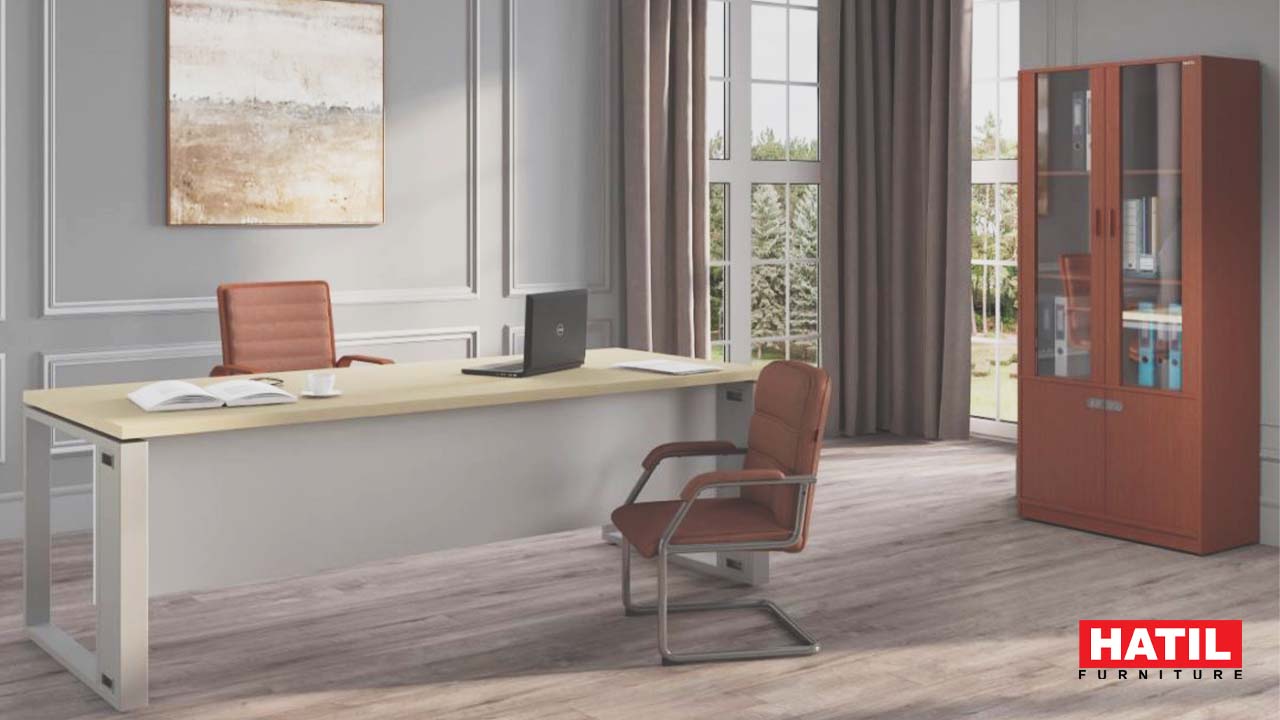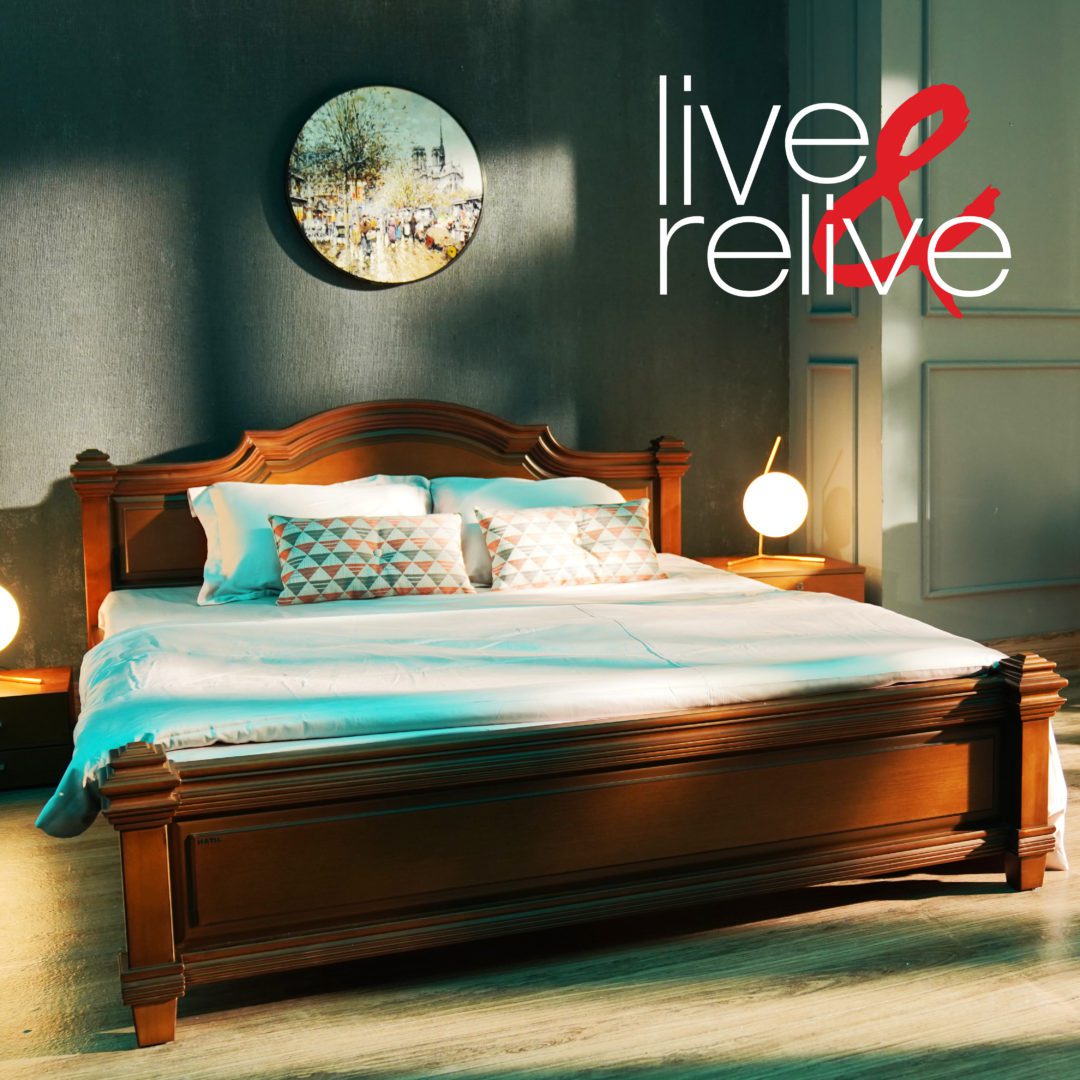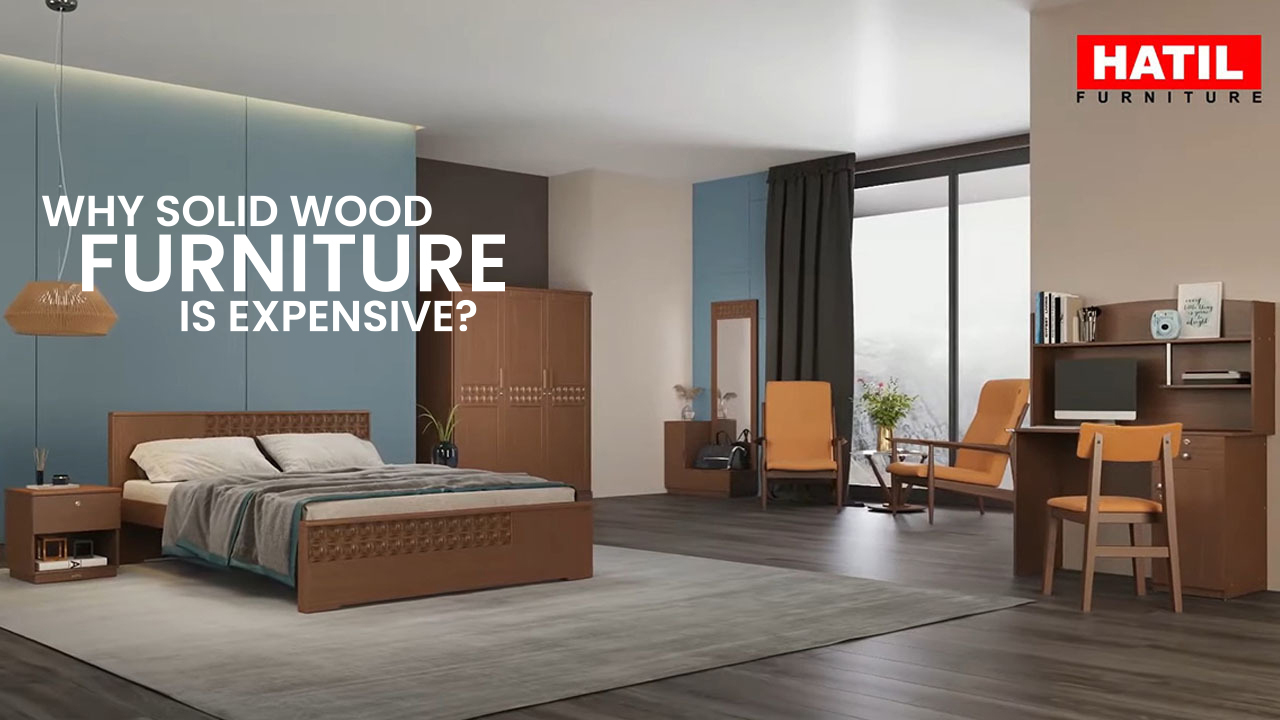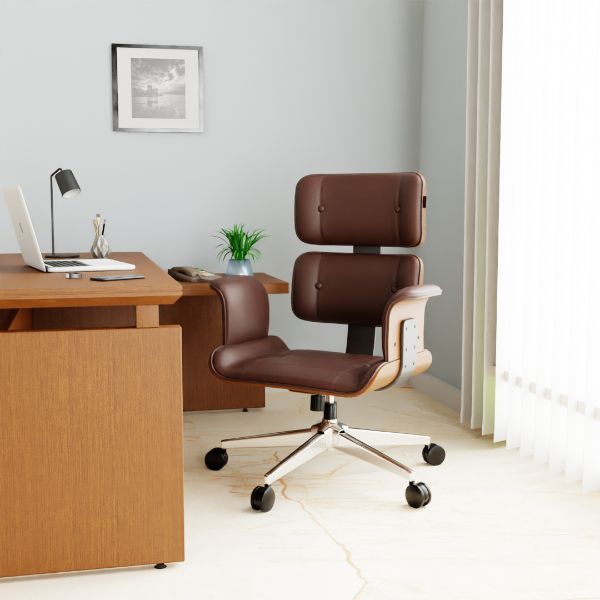Since the covid-19 pandemic has only accelerated the trend, working from home has become increasingly popular in recent years. But many people have found that working from home has its own sets of difficulties, especially in terms of productivity. To keep up with productivity, it’s important to have a well-design a home office that suits your needs and preferences to increase your focus while working from home.
In Bangladesh, remote work has become increasingly common in recent years, particularly in the tech and IT sectors. However, many people in Bangladesh face various sorts of challenges when it comes to working from home, such as frequent load shedding and disrupted internet connections. Additionally, working from home can be isolating. So, it’s important to create a home workspace environment that is comfortable, inspiring, and useful to productivity.
Design a Home Office for Productivity in Bangladesh
When designing a home office, it’s essential to measure a few things. Whether you’re a freelancer or a business person – you’ll need a workspace that boosts your productivity and helps you achieve your daily work goals. From evaluating the space available to choosing the right furniture and incorporating technology into your design, you should have all the essential elements of designing a productive home office in Bangladesh. So, let’s get started!

Evaluate the Space Available
The first thing you need to do while design a home office, is to measure the overall available space. This includes measuring the room’s dimensions, remarking the windows and doors position, and assessing the overall area.
Choosing a proper location that provides privacy, minimal distractions, and a comfortable environment for work is extremely crucial. A home office situated in a quiet area, away from busy living areas and high-traffic zones, will help minimize interruptions and increase focus. So, it’s better to choose a room with a door that you can close during work hours to prevent distractions and noises.
If there are no spare rooms, consider creating a dedicated workspace in a less frequently used area of the house such as a nook, corner, or partitioned area. Alternatively, you may want to consider building a separate space, like a garden office or an extra shed just for office work which will give you a quiet and professional workspace.
Another important factor to consider when evaluating the space available is access to natural light. Ideally, the workspace should have ample natural light, which can boost productivity and mood, and reduce eye strain and fatigue. However, ensure the natural light is not harsh enough to create any glare or discomfort. To do that, use window coverings or adjust the lighting of your room. It will provide a lot of benefits to stay concentrated at work.
Once you have evaluated the space available, you can move on to defining the specific requirements for your home office. Take your time to carefully plan the workspace, because by doing so, you can create a highly productive workspace that will meet your needs and help you stay focused and motivated throughout the workday.
Workspace Requirements for Design a Home Office
The workspace requirements is another thing that needs consideration while setting up a home office. For remote workers seeking high efficiency, here are key factors to consider when defining your workspace: analyze necessary equipment, define storage and organization needs, and prioritize ergonomic considerations.
Consider the type of work that will be performed in the workspace to determine what specific equipment and tools you need. For example, if the job requires frequent video calls, a high-quality webcam, and microphone may be essential. For graphic designers, they’ll need a robust computer setup that will have a powerful GPU, high-end CPU, and other top-notch accessories.
Effective storage and organization are crucial to maintaining a productive workspace. People who’ll work from home should analyze the entire room’s furniture and accessories and should keep those in order. This could include file cabinets for important documents, shelves for books and reference materials, and storage containers for office supplies.

Ergonomics is the science of designing and arranging workspaces to optimize comfort, efficiency, and productivity. Needless to say, home office setups should be highly user-friendly. This includes selecting a comfortable chair and desk that are adjustable to the user’s height, as well as positioning the computer monitor at the correct height and distance to prevent eye strain. Other ergonomic considerations include a footrest, wrist supports, and a standing desk option.
By taking the time to analyze equipment and tool needs, define storage and organizational needs, and identify ergonomic considerations, you can create a workspace that is tailored to your specific needs and optimized for productivity.
Lighting and Ventilation
In order to create a productive workspace, proper ventilation, and lighting are essential. Because it serves to regulate our sleep-wake cycles and encourage alertness during the day, natural light is particularly significant. Additionally, a well-ventilated workspace can aid in lowering the accumulation of carbon dioxide and other pollutants that may harm our productivity and cognitive function. Consider window placement and how to make the most of natural light when planning your home office. Additionally, you should buy some high-quality window curtains that will help you to manage the light that enters the room. To make sure your workplace has proper airflow, try using a combination of both natural ventilation (such as opening windows) and mechanical ventilation (such as an air purifier or fan).
In order to use maximum natural light in your workspace at home, consider the following tips:
- Set your work desk near a window, that way you can take advantage of natural light.
- Use reflective surfaces that have a light color on it (e.g., walls, flooring) this way the light is going to bounce around the room.
- Avoid blocking windows with furniture or accessories.
- Use flexible window coverings (like blinds or shades) to control the amount of light that enters the space.
- Consider installing a skylight or solar tube to bring in more natural light.

However, relaying every time on such a thing. In these cases, you’ll need to supplement with artificial lighting. When choosing artificial lighting for your home office, consider the following recommendations:
- Choose bulbs that provide a daylight-like color temperature (around 5000K).
- Use task lighting to illuminate specific areas (e.g., desk, keyboard).
- Use ambient lighting (e.g., overhead lights, floor lamps) to provide general illumination.
- Avoid harsh, direct lighting that can cause eye strain and fatigue.
- Try to use smart lighting systems. this way you’ll be able to adjust the luminosity and color temperature of your lights.
Choose the Right Furniture
When design a home office for productivity, choosing the right furniture is crucial. A comfortable and functional chair is a must-have for any workspace environment. Try to get a height and backrest adjustable chair that also has sufficient cushioning. This way, it will not cause any back pain or discomfort and will be beneficial to provide a better sitting experience. It’s also important to select a chair with armrests to prevent shoulder and neck pain.
The desk is another essential piece of furniture in a home office. The optimal size and style of the desk depending on the specific needs of the workspace. A larger desk is ideal for working with multiple documents or computers, while a smaller desk is more suitable for those using just a laptop. Consider a standing desk as an option for those who spend long hours working on a computer, as it can help improve circulation and reduce fatigue.
Storage and organization options are also critical when choosing furniture for a home office. To keep documents and supplies organized and accessible, choose desks with built-in storage, such as drawers and shelves. Consider adding bookshelves or cabinets to provide additional storage space for files, books, and other materials. Keeping the workspace clutter-free will minimize distractions and increase productivity.
Apart from choosing the right furniture, it’s also important to arrange the furniture to optimize space and boost productivity. Consider positioning the desk near a window to maximize natural light and provide a view for inspiration. The chair should be positioned in a comfortable and ergonomic position, with the feet flat on the ground and the arms on the armrests.

Incorporate Technology into the Design
Remote work in Bangladesh often requires a fast and reliable Internet connection, so make sure the home office has one. Choose a location that has a stable internet connection, and test the speed before committing to the space. In case of a failure, you should also think about a backup strategy, such as a mobile hotspot.
For setting up a remote office, you need to pick proper computer hardware and peripherals that are suitable for the home environment. A writer could need a comfortable keyboard and a quiet printer, but a graphic artist might need a powerful computer with a huge monitor. Consider the tasks that will be performed in the workspace and select equipment that meets those needs.
To avoid distractions as much as possible, consider the following tips:
- Try using noise-canceling headphones. Also, try a white noise machine to block out background noise.
- Place the computer screen away from windows or other potential sources of distraction.
- Set boundaries with family members or roommates to minimize interruptions during work hours.
- Use tools like website blockers or distraction-free software to stay focused on the task at hand.
- Another important factor to consider is cable management. A cluttered workspace can be distracting and negatively impact productivity. Consider using cable ties or a cable management system to keep cables neat and organized.
Personalize the Workspace
This is another important thing to consider while creating a home office that encourages productivity and well-being is personalizing your environment. Your working mindset will be improved and you’ll feel more engaged and inspired to complete your activities when you work in a space that is customized to your needs and tastes.

Here are some ideas for customizing your home office workspace:
- Display items that inspire you: This could include artwork, motivational quotes, or photos of loved ones. Seeing these items throughout the day can help keep you inspired and motivated.
- Pick a color scheme that works for you: Colors may have a big impact on our energy and attitude. Pick a color palette that speaks to you and that you find comforting and motivating.
- Add greenery: Plants can help purify the air, reduce stress, and add a natural element to your workspace. Consider adding a few plants that are easy to care for, such as succulents or air plants.
- Invest in comfortable furniture: Sitting at a desk for long periods can be tough on your body. Invest in a comfy chair, add a footrest to ease back strain, and adjust your workstation height to avoid neck and shoulder aches.
- Keep it organized: A cluttered workspace can be distracting and make it harder to focus. Make sure your workspace is organized and clutter-free by investing in storage solutions such as shelves, file cabinets, and desk organizers.
- Use aromatherapy: Essential oils can have a calming effect and help improve focus and concentration. To encourage calm and focus, think about using an aromatherapy diffuser with aromas like lavender or peppermint.
You may establish a home office that caters to your requirements and tastes by personalizing your workspace, turning it into an environment where you feel inspired, at ease, and motivated to work.
Final Words
Recognizing that working remotely has its own special obstacles, such as the possibility of distractions and the lack of social interaction, is vital. Due to this, put effort into creating a workspace that is both practical and supportive. This can include investing in a comfortable chair and desk, setting up proper lighting and ventilation, and incorporating personal touches to make the workspace feel more inviting. Additionally, make sure that the workplace is covered by high-speed internet and that the computer and peripheral setup are appropriate for the task at hand, to push you to your peak productivity.
Overall, design a home office for productivity in Bangladesh requires careful planning and consideration. By taking the time to evaluate the available space, define the workspace requirements, consider lighting and ventilation, choose the right furniture, incorporate technology, and personalize the workspace, remote workers can create a space that maximizes their productivity and supports their mental and physical health. With these tips in mind, remote workers in Bangladesh can thrive in their work-from-home environment.





